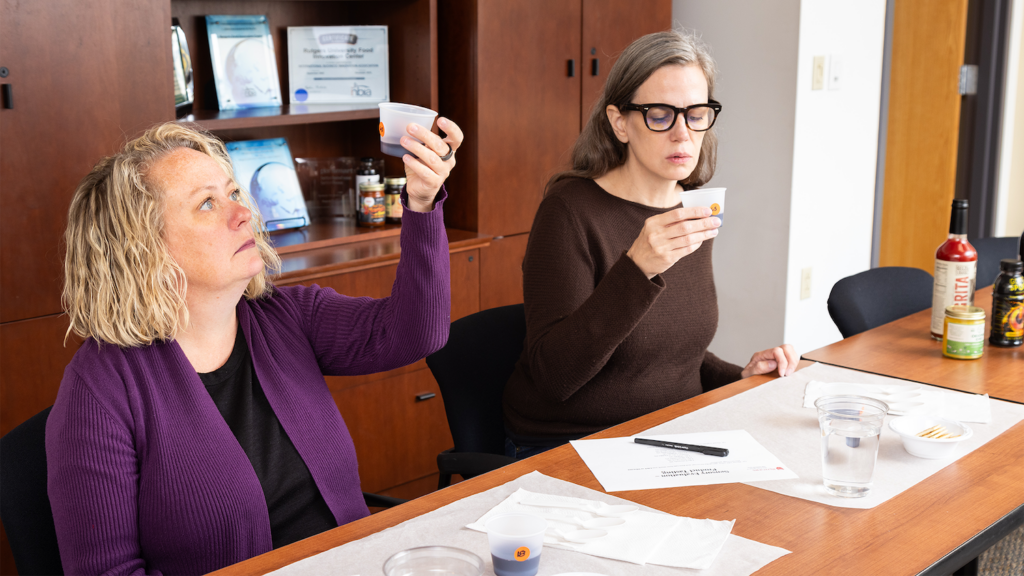Main Content

Launching a new food product into the market can be very challenging. In fact, only about 10 – 20% of new products succeed in the in market. This can be due to several reasons, but for many, the big one is not taking the time upfront during the new product development process to do your research.
The new product development process is a structured stage gate process that can help guide entrepreneurs and companies through the necessary steps required to launch a new product. There are three main stages: strategy and ideation; research and development; and scale-up and commercialization.
Here is a brief description of each of the stages:
- Strategy and Ideation: This is the first stage in the new product development process. This stage is where you brainstorm new ideas and start to build a product concept based on market research and consumer needs
- Research and Development: This stage provides the necessary steps to bring a food concept to commercial production. This includes steps such as:
- Develop and review the formula and process.
- Basic analytical and benchtop work to create initial prototype with specifications.
- Preliminary development of ingredient statement and theoretical Nutrition Facts panel
- Development of packaging
- Scale-Up and Commercialization: The scale-up process takes a recipe or early prototype and translates it into a formulation that can be manufactured. This stage usually requires a move from a kitchen to a larger production venue (i.e., a pilot plant or manufacturer).
The Strategy and Ideation phase is where you want to conduct upfront research. A good place to start is by studying the latest consumer trends. FIC keeps its fingers on the pulse and tracks the latest consumer trends. For example, in today’s market, health and wellness has become more important to consumers. Consumers view health and wellness from a holistic view on how it can help their minds and bodies. In addition, consumers are also interested in the health of the planet, so factors like sustainability, recycling, and upcycling have increased in importance.
In addition to understating the trends, it is important to conduct research that touches upon the three Cs: the consumer, category (market), and competition. When developing any new product, it is critical to get consumer input. It is also important to identify who the target consumer will be, what the consumer needs, and which pain points your product or service will be helping to settle.
One way to approach this is to conduct market research. There are two types of market research: primary research and secondary research. Primary research is research you collect yourself, and this can be done through online surveys, focus groups, or market surveys, for example. Secondary research is using data that has already been collected (i.e., Mintel, Census Data, Statista).
One way to get consumer feedback upfront is through a survey. FIC can help develop a survey for clients and this can be used to gauge consumers’ potential interest and likes and dislikes of the product concept. This is helpful information for clients to be able to refine their product concept.
You also want to understand the category you will be entering. Factors such as the size of the category, whether the category is growing or declining, and drives the category’s performance are key to see the product from all sides.
Last, it is important to know the competition and how your product or service will differentiate from it in a relevant and meaningful way.
The Food Innovation Center at Rutgers has helped hundreds of clients successfully build and grow their businesses. Here is a brief description of some of the services that FIC provides to support the clients in the first phase of the new product development process.
- Category Assessment: Utilizing industry information along with Rutgers secondary research resources, FIC can provide an overview of the category and key drivers of category performance.
- Competitive Assessment: FIC can help identify the key competitors and assess the client’s product versus the competition on key product and packaging attributes to help identify key points of difference.
By taking the time to do your research early and following a structured new product development process, you can increase your chance of success for new products entering the market.